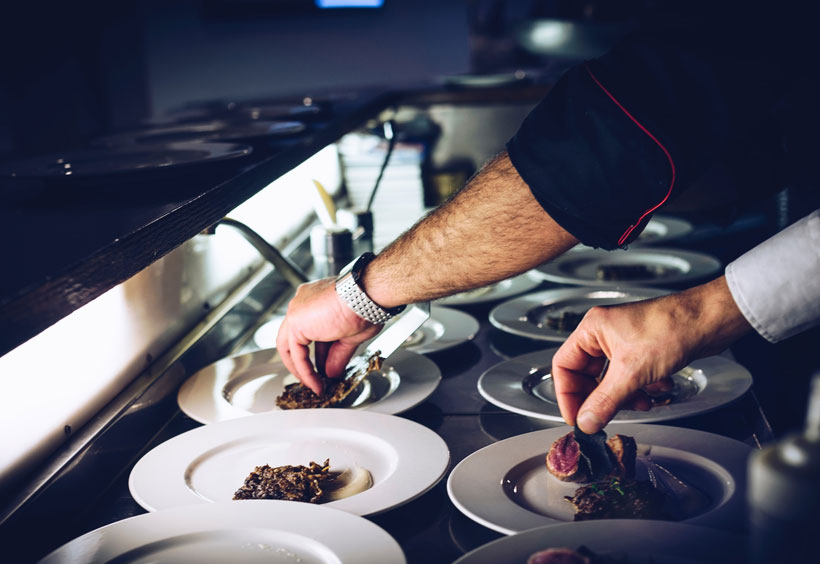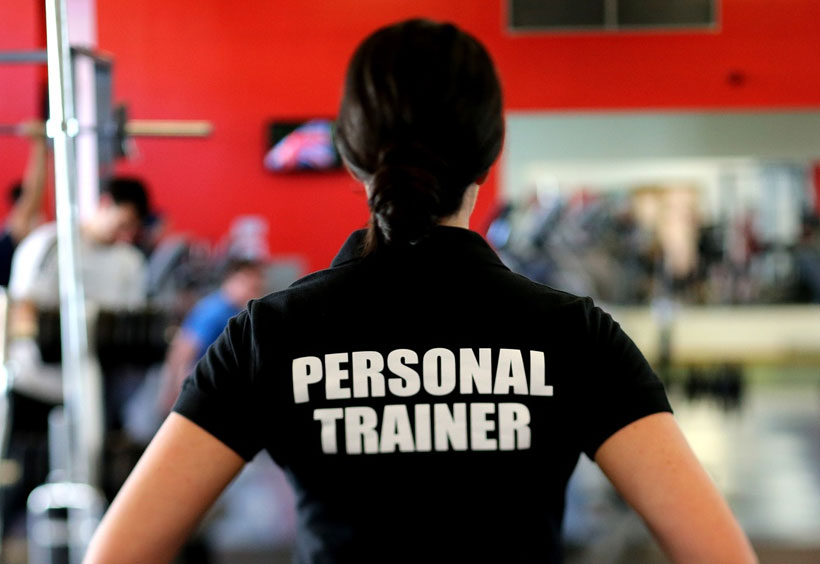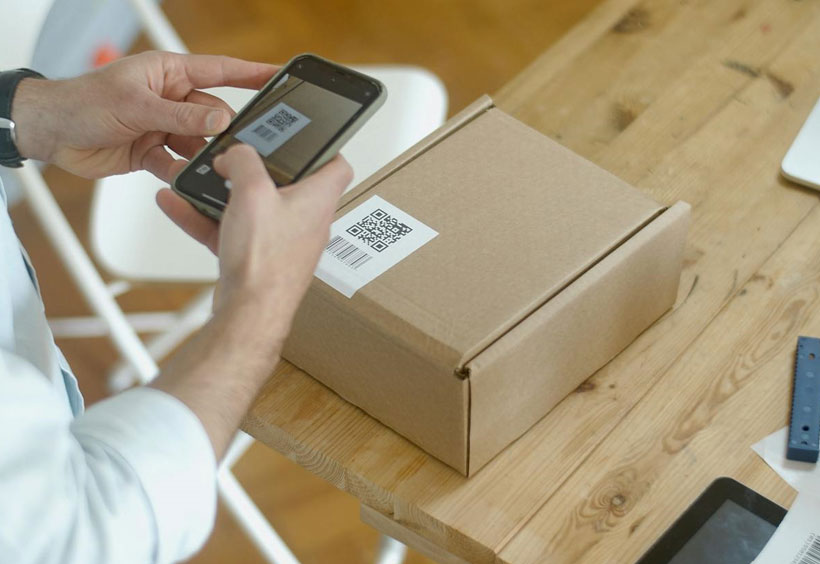How to Start a Food Delivery Service
Sparkpush Editorial Team
Updated November 30, 2023
Edited by: Mike Shelby

In the era of convenience and changing consumer habits, the food delivery service industry has emerged as a thriving and dynamic market. This comprehensive guide aims to provide aspiring entrepreneurs with valuable insights and practical steps on how to start a food delivery service.
Step 1: Understanding the Food Delivery Industry
Before immersing yourself in the world of food delivery, it’s crucial to grasp the industry landscape. Jump into current food trends, pinpoint your specialization (whether it’s delectable treats, health-conscious options, or soul-soothing comfort meals), and gauge the demand for food delivery services in your target market.
Step 2: Pros vs. Cons of Starting a Food Delivery Service
Pros of Starting a Food Delivery Service:
- Growing Market Demand: The demand for food delivery services has witnessed significant growth, especially with changing consumer lifestyles and the rise of online platforms. Starting a food delivery service allows you to tap into this expanding market.
- Low Entry Barriers: Compared to establishing a restaurant or a traditional brick-and-mortar business, starting a food delivery service often requires lower initial investment and operational costs.
- Diverse Revenue Streams: Besides delivery fees, food delivery services can generate revenue through partnerships with restaurants, advertising, and premium delivery options, offering multiple income streams for the business.
- Flexibility and Scalability: A food delivery service can be highly flexible and scalable. You can start small, serving a specific locality, and gradually expand your service area as the business grows.
- Technology Integration: Leveraging technology, such as mobile apps and websites, allows for efficient order processing, real-time tracking, and seamless communication with customers and delivery personnel, enhancing overall operational efficiency.
- Partnerships with Restaurants: Establishing partnerships with local restaurants allows you to offer a diverse menu without the need for a physical kitchen, providing a wider variety of food options to customers.
Cons of Starting a Food Delivery Service:
- Intense Competition: The food delivery market is highly competitive, with numerous established players and new entrants. Differentiating your service from others can be challenging.
- Operational Challenges: Managing the logistics of food delivery involves coordinating with restaurants, drivers, and customers. Timely and reliable deliveries are crucial, and any operational hiccups can negatively impact the customer experience.
- Dependence on Third Parties: A food delivery service relies on restaurants for the food supply and delivery personnel for order fulfillment. Dependence on these external parties introduces potential challenges, such as supply chain disruptions and driver availability issues.
- Regulatory Hurdles: The food delivery industry is subject to various regulations, including food safety standards, licensing requirements, and zoning restrictions. Navigating these regulations can be time-consuming and may vary across different regions.
- Thin Profit Margins: The pricing model for food delivery services often involves slim profit margins due to competition and the need to keep prices attractive for customers. Achieving profitability may require high order volumes.
- Customer Service Challenges: Ensuring excellent customer service is crucial in the food delivery business. Dealing with customer complaints, order errors, and delivery issues requires a robust customer support system, which can be resource-intensive.
Ultimately, while starting a food delivery service presents numerous opportunities, entrepreneurs should carefully weigh the pros and cons to make informed decisions and navigate the challenges of this dynamic industry.
Step 3: Conduct Market Research
Before diving into the world of food delivery, it’s crucial to conduct thorough market research. Identify your target audience, analyze local competition, and understand the demand for delivery services in your chosen area. Consider factors such as demographics, popular cuisines, and existing delivery options.
Step 4: Develop a Solid Business Plan
A well-thought-out business plan serves as the foundation for your food delivery startup. Outline your business goals, target market, revenue streams, and marketing strategies. Include financial projections, startup costs, and a timeline for achieving milestones. A robust business plan will not only guide your efforts but also attract potential investors.
Step 5: Legal Considerations
Navigate the regulatory landscape by understanding and complying with local, state, and federal regulations. Obtain the necessary licenses and permits for operating a food delivery service. Ensure that you meet food safety standards and adhere to zoning laws. Consult with legal professionals to navigate any potential legal hurdles.
Step 6: Build an Online Presence
In the digital age, a strong online presence is essential for the success of your food delivery service. Develop a user-friendly website and a mobile app to facilitate seamless ordering. Incorporate features such as real-time order tracking and secure payment options. Leverage social media platforms to engage with your audience and promote your service.
Step 7: Establish Partnerships with Restaurants
Forge strong partnerships with local restaurants to expand your menu offerings. Negotiate mutually beneficial agreements that incentivize restaurants to join your platform. Ensure clear communication channels for menu updates, pricing changes, and order processing.
Step 8: Logistics and Delivery Operations
Efficient logistics and delivery operations are at the core of a successful food delivery service. So, develop a reliable and timely delivery system, considering factors such as delivery radius, dispatching methods, and driver management. Also, consider implementing technology solutions for route optimization and real-time tracking to enhance the overall customer experience.
Step 9: Marketing and Branding
Create a strong brand identity that resonates with your target audience. Implement effective marketing strategies to promote your food delivery service. Consider offering promotions, discounts, and loyalty programs to attract and retain customers. Utilize online and offline channels to build brand awareness.
Step 10: Customer Service Excellence
Prioritize exceptional customer service to build trust and loyalty. Establish a responsive customer support system to address inquiries, complaints, and feedback promptly. Strive for accuracy in order processing and delivery, as positive customer experiences are key to the success of your food delivery service.
Step 11: Monitor and Adapt
Regularly monitor key performance indicators, customer feedback, and market trends. Be willing to adapt your strategies based on data-driven insights. Stay abreast of industry developments and continuously seek ways to enhance your service and stay competitive.
The Best States for Food Delivery
Below is a list, not in any particular order, highlighting states known for their diverse culinary scenes and thriving business environments. Keep in mind that the suitability of a state can depend on various factors specific to your business and goals.
- California
- New York
- Texas
- Florida
- Georgia
- Illinois
- Pennsylvania
- Massachusetts
- Washington
- Virginia
- Nevada
- Colorado
- North Carolina
- Arizona
- Tennessee
- Michigan
- Ohio
- Oregon
- Minnesota
- Missouri
- Louisiana
- Maryland
- Wisconsin
- Indiana
- Utah
- North Carolina
- Kentucky
- Connecticut
- Oklahoma
- Iowa
- Alabama
- New Jersey
- South Carolina
- Arkansas
- Mississippi
- Kansas
- New Mexico
- Nebraska
- West Virginia
- Maine
- Hawaii
- Alaska
- Montana
- Wyoming
- Idaho
- South Dakota
- North Dakota
- Vermont
- Rhode Island
- Delaware
The Bottom Line
Starting a food delivery service requires careful planning, dedication, and a customer-centric approach. By following this comprehensive guide, aspiring entrepreneurs can navigate the challenges of the industry and build a successful and sustainable food delivery business. Embrace innovation, prioritize customer satisfaction, and continuously refine your operations to thrive in the dynamic and ever-evolving food delivery landscape.









